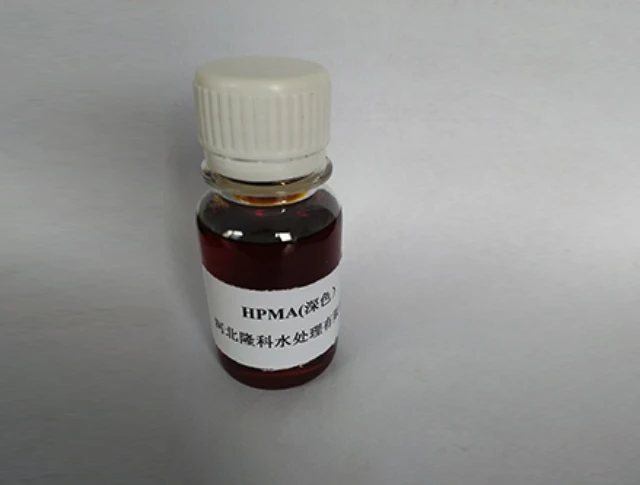Examples and Applications of Polycarboxylic Acids in Various Industries and Fields
Polycarboxylic acids are a class of organic compounds that contain multiple carboxyl (-COOH) functional groups. These versatile compounds play crucial roles in various chemical processes and have wide-ranging applications in pharmaceuticals, agriculture, and materials science. This article delves into some common examples of polycarboxylic acids, their properties, and their uses.
One of the most well-known polycarboxylic acids is citric acid, which has three carboxyl groups. Found predominantly in citrus fruits like lemons and oranges, citric acid is a natural preservative and is used to add a sour flavor to foods and beverages. In the biochemical realm, citric acid is a key player in the citric acid cycle, a fundamental metabolic pathway that generates energy in aerobic organisms. Its chelating properties also make it useful in cleaning products and cosmetics.
.
Malic acid, another polycarboxylic acid, contains two carboxyl groups as well. It is naturally present in apples, giving them their characteristic tartness. Malic acid is utilized in the food industry to enhance flavor and tartness in a range of products, from candies to beverages. Furthermore, it has applications in the cosmetic industry, where it serves as an exfoliating agent in skin care products. Malic acid is also recognized for its potential health benefits, including improving energy production and exercise performance.
polycarboxylic acid examples

Succinic acid, which features two carboxyl groups, can be found in trace amounts in amber and is produced through the fermentation of carbohydrates. It is used in various industrial applications, including the production of biodegradable plastics and as a flavoring agent in the food industry. Succinic acid also plays a role in the synthesis of pharmaceuticals, agricultural chemicals, and other organic compounds.
Another significant polycarboxylic acid is oxalic acid, which has two carboxyl groups and is found in various plants, including spinach and rhubarb. While oxalic acid is used in cleaning products for its ability to remove stains and rust, it can also be toxic in large quantities. In the biochemical context, oxalic acid contributes to the regulation of calcium levels in the body and is involved in metabolic processes.
In addition to these examples, other notable polycarboxylic acids include fumaric acid and adipic acid. Fumaric acid, which has two carboxyl groups, is used in the production of food additives, resins, and pharmaceuticals. Adipic acid, with its six carbon atoms and two carboxyl groups, is primarily used in the manufacture of nylon and other synthetic fibers, highlighting the industrial relevance of polycarboxylic acids.
In summary, polycarboxylic acids encompass a diverse array of compounds with multiple carboxyl groups, each possessing unique properties and applications. From natural sources like fruits to industrial uses in plastics and pharmaceuticals, these acids are integral to various fields. Their presence in everyday products and biochemical processes underscores their importance in both the natural world and modern industry. As research continues to explore their potential, the relevance of polycarboxylic acids is likely to expand, paving the way for new applications and innovations.
-
2-Phosphonobutane-1,2,4-Tricarboxylic Acid: Scale & CorrosionNewsAug.29,2025
-
Premium Isothiazolinones | Broad-Spectrum Biocidal SolutionsNewsAug.28,2025
-
LK-319 Special Scale And Corrosion Inhibitor For Steel Plants: Advanced Solutions for Industrial Water SystemsNewsAug.22,2025
-
Flocculant Water Treatment: Essential Chemical Solutions for Purification ProcessesNewsAug.22,2025
-
Isothiazolinones: Versatile Microbial Control Agents for Industrial and Consumer ApplicationsNewsAug.22,2025
-
Scale Inhibitor: Key Solutions for Water System Scale PreventionNewsAug.22,2025





